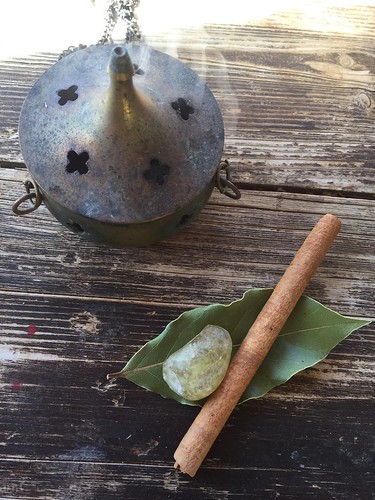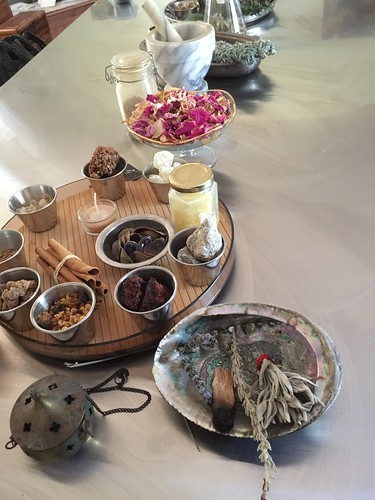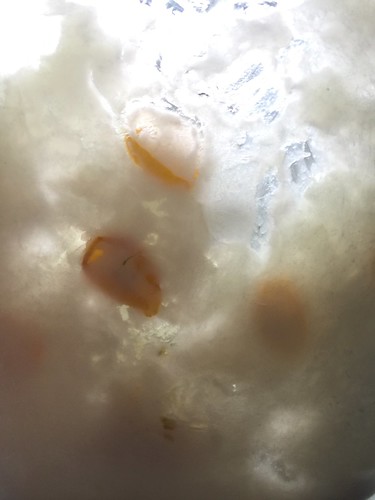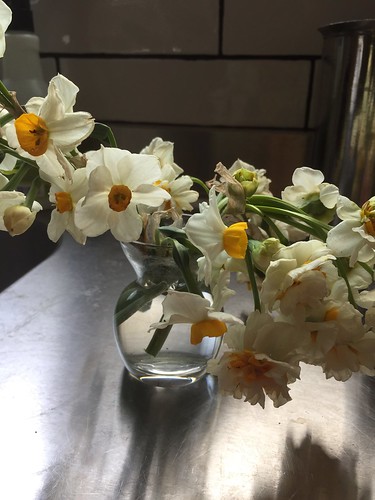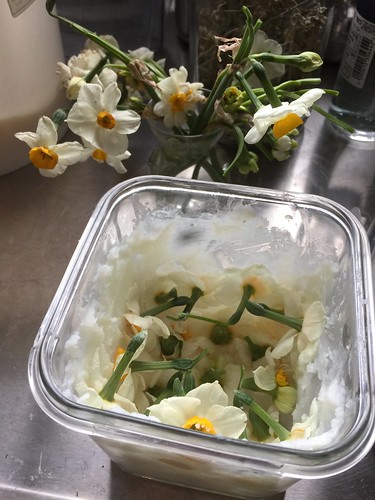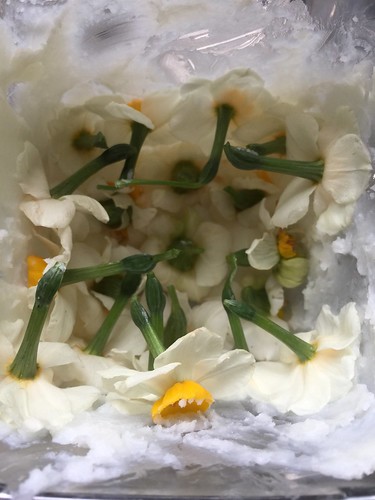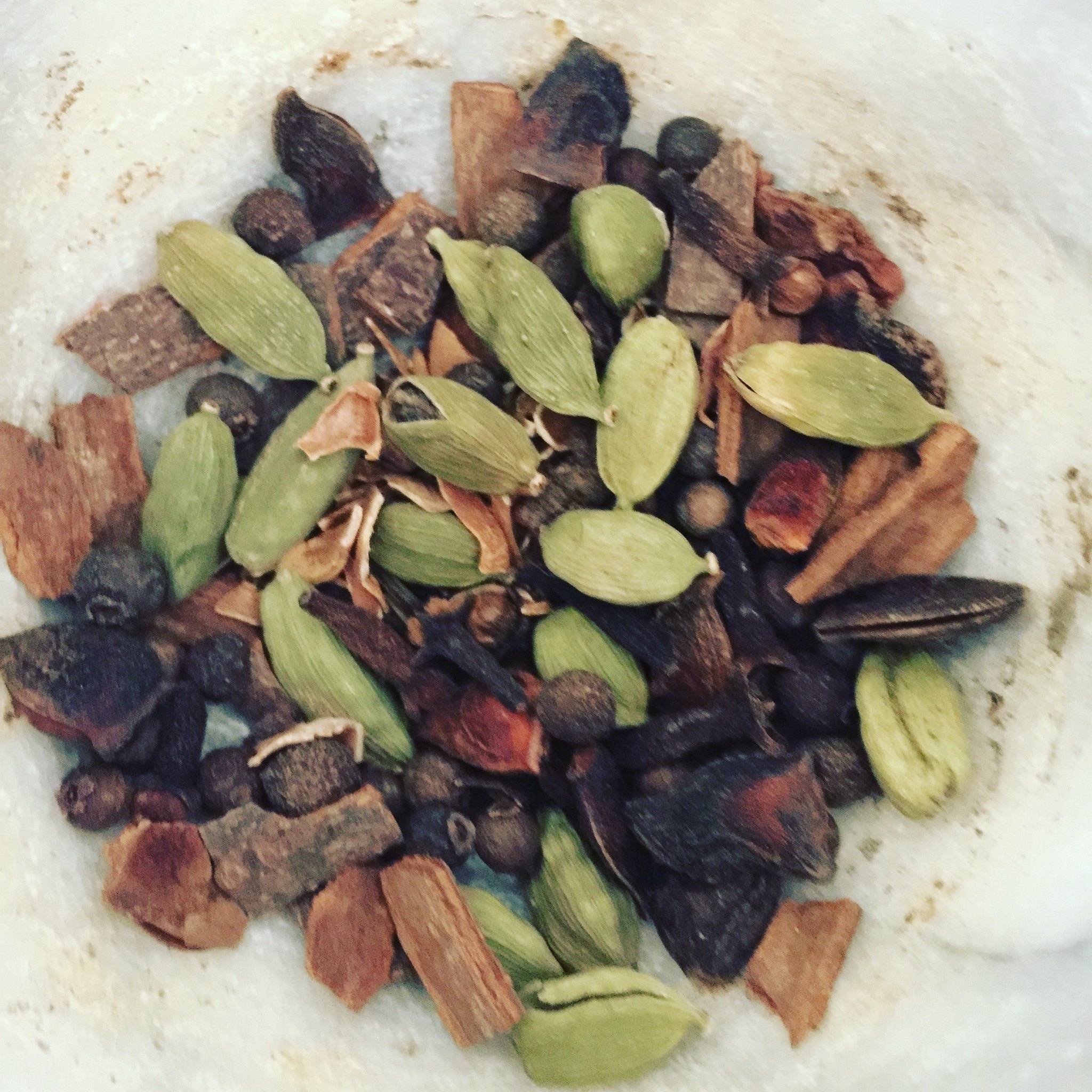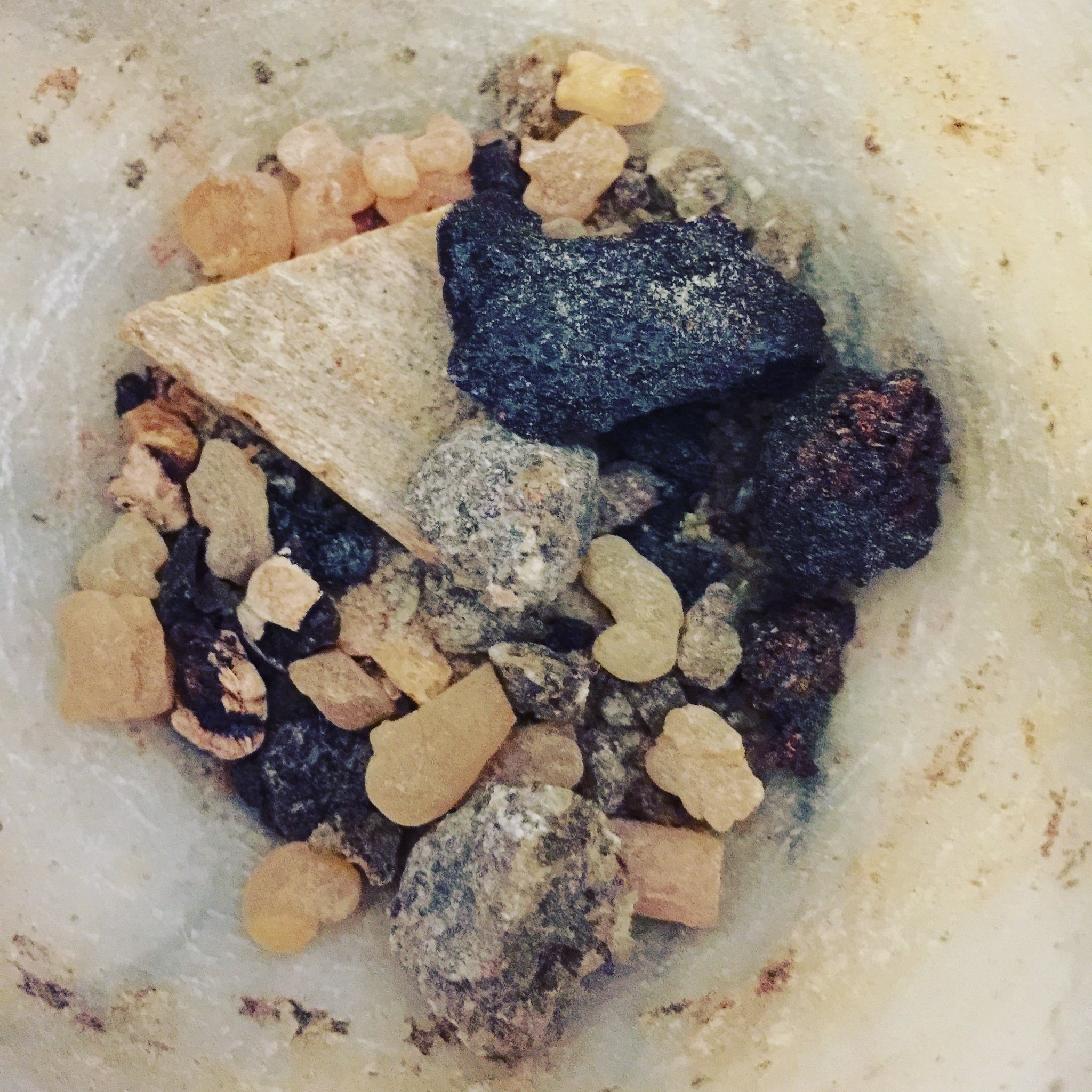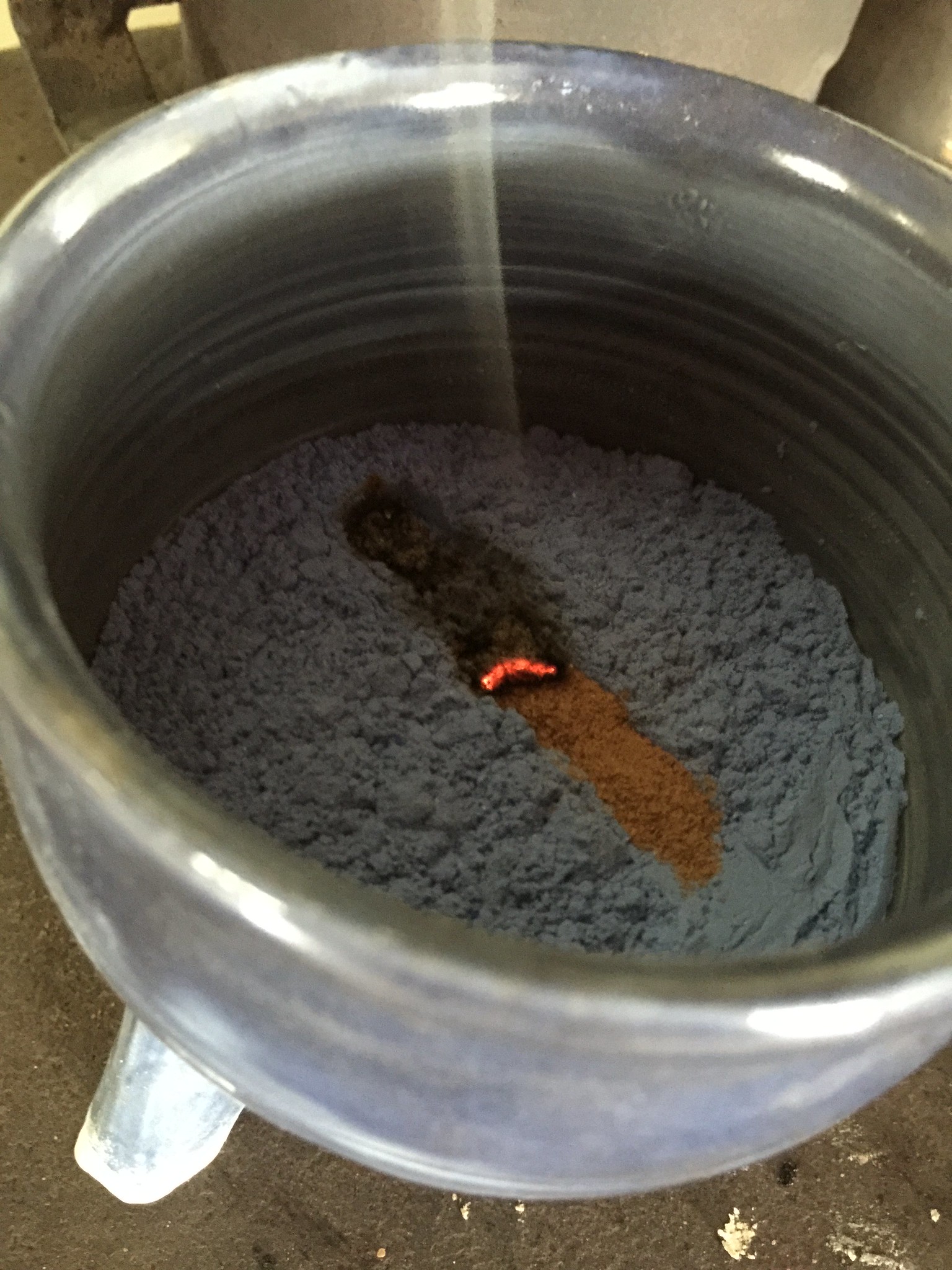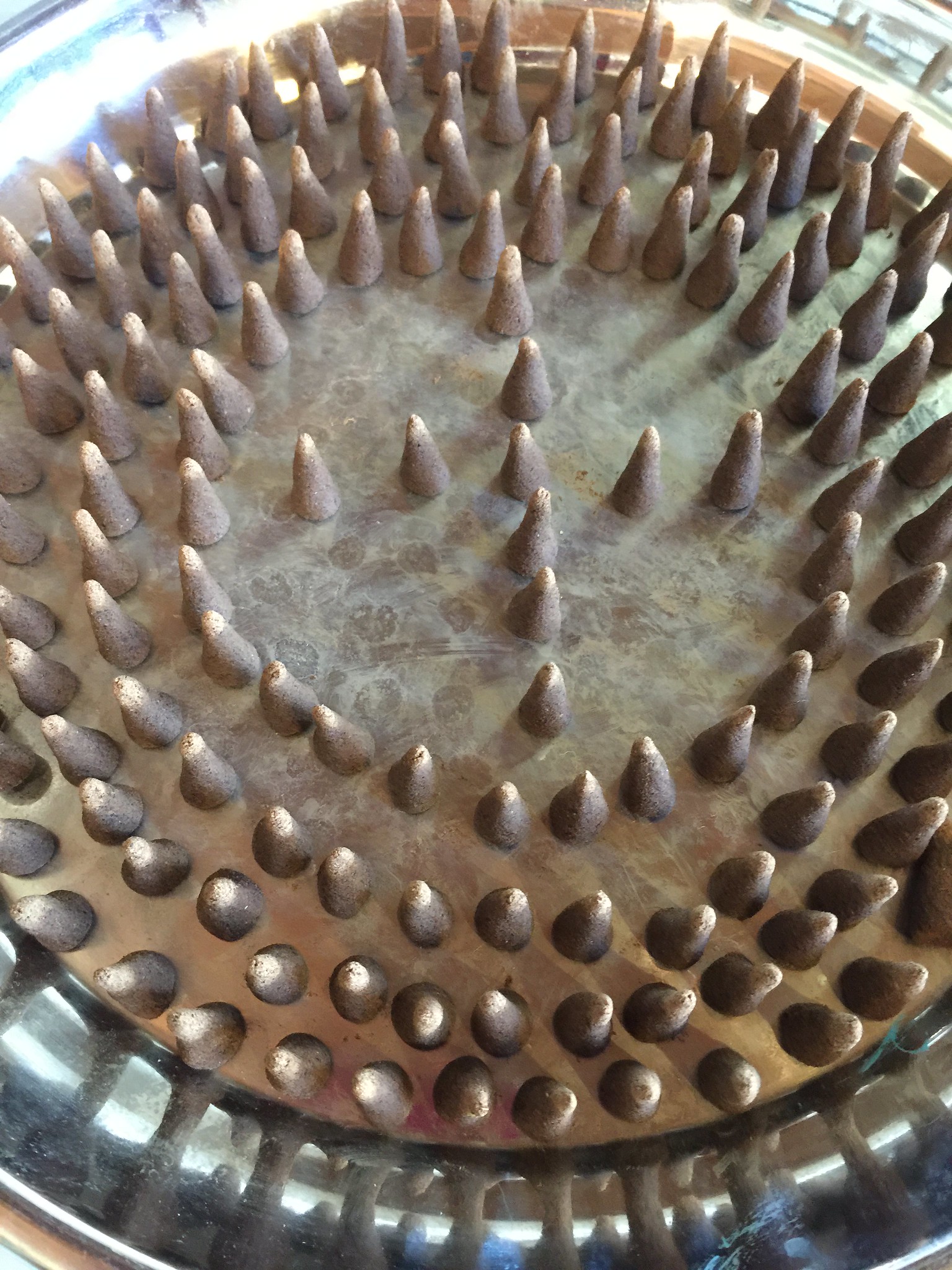I'm excited to announce an unusual collaboration with visual artist Sanaz Mazinani, whose exhibit opens today and will feature other senses besides sight. There will be sound and smell as well, and I was chosen to create the latter. Below is more info about the show:
SANAZ MAZINANI
Light Times
Opening Reception: Saturday, January 12, 2-5pm
Guided Tour of the Exhibition with Sanaz Mazinani: Saturday, January 12, 3pm
Exhibition Dates: January 12 – February 23, 2019
“Light Times” is Sanaz Mazinani's third solo exhibition at Stephen Bulger Gallery in Toronto. It
explores a technical history of photography in an effort to analyse visual language, perception, and the contemporary consumption of images. The studies depart from a set of unique light exposures on photosensitive paper which become the material subjects of each investigation. Throughout the exhibition, the camera-less photographs reappear across different media - unmade, reconstituted and recontextualized as sculpture, scent, sound, or technical print. These physical iterations come together to construct a consideration of the discipline's material capacity to register and document while drawing attention to new realities that form when the recorded information is aestheticised.
Mazinani’s source material is intentionally pre-image, inviting the viewer to focus on the photographic information in the form of simple abstractions made by the artist in the darkroom with light and photographic paper. Her manipulations, and those made in collaboration with technical experts, mimic the strategies of contemporary media circulation: redaction, decontextualisation, and repetition - processes with roots in photography. The works are process driven and utilise a range of methodologies and photographic tools from early photographic history to today. Further investigations offer poetic reflections on loss, time, event, and memory, core to the conceptual dimensions of photography.
“Light Times” looks at the transformation of the three dimensional into the photographic plane, while emphasizing visual shifts that occur through media specificity. The studies work to assemble a map of photographic language, highlighting the processes of photography and situating photograpically captured events, the documentation of the ephemeral/visible, as a relationship to reality created and constructed by the photographer.

Sanaz Mazinani collaborated with Mani Mazinani on Shift, a sound composition that will play from a vinyl record on a turntable in the gallery formingthe sound component for this exhibition, the Shift LP will be released on Aerophone Recordings in late February. This sound piece addresses the shifts that take place in sight, memory and perception over time and space. Mazinani also worked with perfumer Ayala Moriel to create a unique fragrance ILLUME to conceptually respond to the unique photographic function of registration of light and its simultaneous loss of original meaning. The environmental fragrance ILLUME is a poetic response to the experience of the photographic moment and the function of time’s erasure of that original experience. Furthermore, the artist would like to acknowledge the work and creative labour of the other technicians and artists who used their craft to make a selection of the other pieces in this exhibition, namely Mary Hogan, Mike Robinson, Bob Carnie, Taimaz Moslemian, Noami Dodds, and Jacob Horwood.
An artist and educator, Sanaz Mazinani is based between San Francisco and Toronto. Her work explores how repetition and pattern make information legible, transform seeing into knowing, with the possibility of altering people’s worldview. Working across the disciplines of photography, social sculpture, and large-scale multimedia installations, Mazinani creates informational objects that invite a rethinking of how we see, suspending the viewer between observation and knowledge. Informed by the visual rhetoric and confounding presence of contemporary media circulation, her multidisciplinary practice aims to politicise the proliferation and distribution of images and introduce critical reflection. Mazinani’s works study forms of state control and consider how re-visualizing embedded power structures might interrupt them. In aestheticising informational systems, the artist attempts to contribute to a larger understanding of how conflicting realities are constructed and imagine the communicative possibilities of visual language.
Mazinani holds an undergraduate degree from Ontario College of Art & Design and a master’s degree in fine arts from Stanford University. Her work has appeared in solo exhibitions at institutions including the Asian Art Museum in San Francisco and the West Vancouver Museum. She has participated in worldwide exhibitions in institutions such as the Art Museum at the University of Toronto; the Southern Alberta Art Gallery, Lethbridge; the di Rosa Museum, Napa, California; the Fotografie Forum Frankfurt; and the Museum Bärengasse, Zürich. Mazinani’s artwork has been written about in Artforum, artnet News, Border Crossings, Canadian Art, San Francisco Chronicle, Washington Post, among others. Her work was recently featured in Universe: Exploring the Astronomical World published by Phaidon. She was recently awarded the Zellerbach Family Foundation Grant and National Endowment for the Arts grant programs, and her work is held in public collections including the Canada Council Art Bank, the Cleveland Museum of Art, and the San Francisco International Airport. She currently teaches in the photography department at the San Francisco Art Institute.

Additional information about ILLUME:
Ambient fragrance designed to complement and complete “Light Times” - Sanaz Mazinani’s solo exhibition that explores the technical history of photography and its implication on this art form.
ILLUME sheds light on the concept through the sense of smell, which is subconsciously influential in our formation and retrieval of deeply rooted and emotionally charged memories. Being an environmental fragrance and part of an art show makes it public, perhaps even invasive, unlike the intimate and personal memories often elicited by perfume. Therefore, it was important to keep the scent simultaneously vague and familiar. It is immediately noticeable upon entering the space, yet not easily recognizable and identifiable.
Wherever there is light, there is also shadow. ILLUME explores this interplay of light with the shadows it casts, both in our collective memories and personal ones. The scent is agreeable yet abstract, with disturbing elements hidden in the background. Its design draws on chemical and technical themes such as minerals and acids, to create a reference to the dark room. These dominant acidic and mineral notes are light and sharp, but are only a mask to conceal the dark secrets and hidden memories - embodied with wet, mushroomy woods and smokey notes. Taken outside of their context, these familiar, mundane smells loose their meaning, or perhaps take on a new shape and identity.
The scent will be "played" during the exhibit and also sold as limited edition room spray for gallery patrons during the time of the show.
Labels: Art Show, Artistic Collaboration, Illume, Light Times, Multi-Media Performance, Perfume as an Art Form, Photography, Sanaz Mazinani, Stephen Bulger Gallery, Toronto
